var gform;gform||(document.addEventListener("gform_main_scripts_loaded",function(){gform.scriptsLoaded=!0}),window.addEventListener("DOMContentLoaded",function(){gform.domLoaded=!0}),gform={domLoaded:!1,scriptsLoaded:!1,initializeOnLoaded:function(o){gform.domLoaded&&gform.scriptsLoaded?o():!gform.domLoaded&&gform.scriptsLoaded?window.addEventListener("DOMContentLoaded",o):document.addEventListener("gform_main_scripts_loaded",o)},hooks:{action:{},filter:{}},addAction:function(o,n,r,t){gform.addHook("action",o,n,r,t)},addFilter:function(o,n,r,t){gform.addHook("filter",o,n,r,t)},doAction:function(o){gform.doHook("action",o,arguments)},applyFilters:function(o){return gform.doHook("filter",o,arguments)},removeAction:function(o,n){gform.removeHook("action",o,n)},removeFilter:function(o,n,r){gform.removeHook("filter",o,n,r)},addHook:function(o,n,r,t,i){null==gform.hooks[o][n]&&(gform.hooks[o][n]=[]);var e=gform.hooks[o][n];null==i&&(i=n+"_"+e.length),gform.hooks[o][n].push({tag:i,callable:r,priority:t=null==t?10:t})},doHook:function(n,o,r){var t;if(r=Array.prototype.slice.call(r,1),null!=gform.hooks[n][o]&&((o=gform.hooks[n][o]).sort(function(o,n){return o.priority-n.priority}),o.forEach(function(o){"function"!=typeof(t=o.callable)&&(t=window[t]),"action"==n?t.apply(null,r):r[0]=t.apply(null,r)})),"filter"==n)return r[0]},removeHook:function(o,n,t,i){var r;null!=gform.hooks[o][n]&&(r=(r=gform.hooks[o][n]).filter(function(o,n,r){return!!(null!=i&&i!=o.tag||null!=t&&t!=o.priority)}),gform.hooks[o][n]=r)}});
/* = 0;if(!is_postback){return;}var form_content = jQuery(this).contents().find('#gform_wrapper_1');var is_confirmation = jQuery(this).contents().find('#gform_confirmation_wrapper_1').length > 0;var is_redirect = contents.indexOf('gformRedirect(){') >= 0;var is_form = form_content.length > 0 && ! is_redirect && ! is_confirmation;var mt = parseInt(jQuery('html').css('margin-top'), 10) + parseInt(jQuery('body').css('margin-top'), 10) + 100;if(is_form){jQuery('#gform_wrapper_1').html(form_content.html());if(form_content.hasClass('gform_validation_error')){jQuery('#gform_wrapper_1').addClass('gform_validation_error');} else {jQuery('#gform_wrapper_1').removeClass('gform_validation_error');}setTimeout( function() { /* delay the scroll by 50 milliseconds to fix a bug in chrome */ }, 50 );if(window['gformInitDatepicker']) {gformInitDatepicker();}if(window['gformInitPriceFields']) {gformInitPriceFields();}var current_page = jQuery('#gform_source_page_number_1').val();gformInitSpinner( 1, 'https://joemcnally.com/wp-content/plugins/gravityforms/images/spinner.svg', true );jQuery(document).trigger('gform_page_loaded', [1, current_page]);window['gf_submitting_1'] = false;}else if(!is_redirect){var confirmation_content = jQuery(this).contents().find('.GF_AJAX_POSTBACK').html();if(!confirmation_content){confirmation_content = contents;}setTimeout(function(){jQuery('#gform_wrapper_1').replaceWith(confirmation_content);jQuery(document).trigger('gform_confirmation_loaded', [1]);window['gf_submitting_1'] = false;wp.a11y.speak(jQuery('#gform_confirmation_message_1').text());}, 50);}else{jQuery('#gform_1').append(contents);if(window['gformRedirect']) {gformRedirect();}}jQuery(document).trigger("gform_pre_post_render", [{ formId: "1", currentPage: "current_page", abort: function() { this.preventDefault(); } }]); if (event.defaultPrevented) { return; } const gformWrapperDiv = document.getElementById( "gform_wrapper_1" ); if ( gformWrapperDiv ) { const visibilitySpan = document.createElement( "span" ); visibilitySpan.id = "gform_visibility_test_1"; gformWrapperDiv.insertAdjacentElement( "afterend", visibilitySpan ); } const visibilityTestDiv = document.getElementById( "gform_visibility_test_1" ); let postRenderFired = false; function triggerPostRender() { if ( postRenderFired ) { return; } postRenderFired = true; jQuery( document ).trigger( 'gform_post_render', [1, current_page] ); gform.utils.trigger( { event: 'gform/postRender', native: false, data: { formId: 1, currentPage: current_page } } ); if ( visibilityTestDiv ) { visibilityTestDiv.parentNode.removeChild( visibilityTestDiv ); } } function debounce( func, wait, immediate ) { var timeout; return function() { var context = this, args = arguments; var later = function() { timeout = null; if ( !immediate ) func.apply( context, args ); }; var callNow = immediate && !timeout; clearTimeout( timeout ); timeout = setTimeout( later, wait ); if ( callNow ) func.apply( context, args ); }; } const debouncedTriggerPostRender = debounce( function() { triggerPostRender(); }, 200 ); if ( visibilityTestDiv && visibilityTestDiv.offsetParent === null ) { const observer = new MutationObserver( ( mutations ) => { mutations.forEach( ( mutation ) => { if ( mutation.type === 'attributes' && visibilityTestDiv.offsetParent !== null ) { debouncedTriggerPostRender(); observer.disconnect(); } }); }); observer.observe( document.body, { attributes: true, childList: false, subtree: true, attributeFilter: [ 'style', 'class' ], }); } else { triggerPostRender(); } } );} );
/* ]]> */
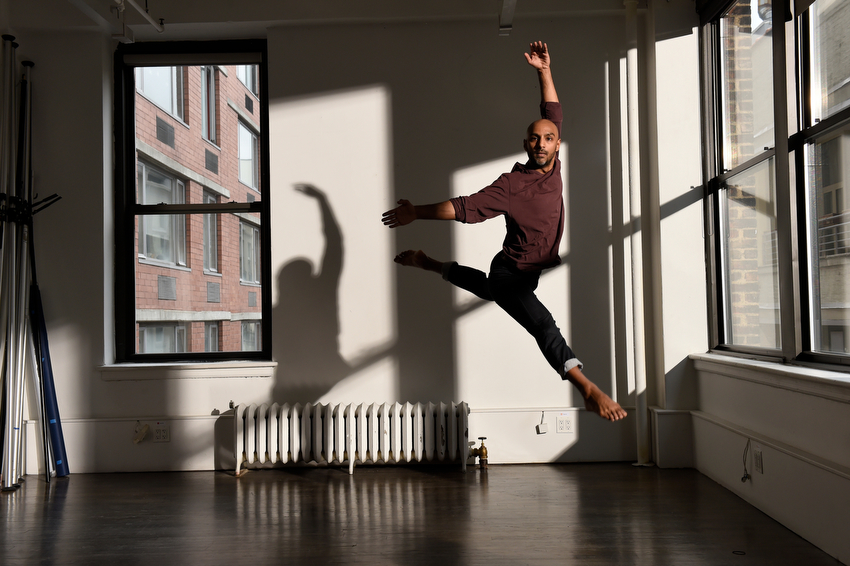
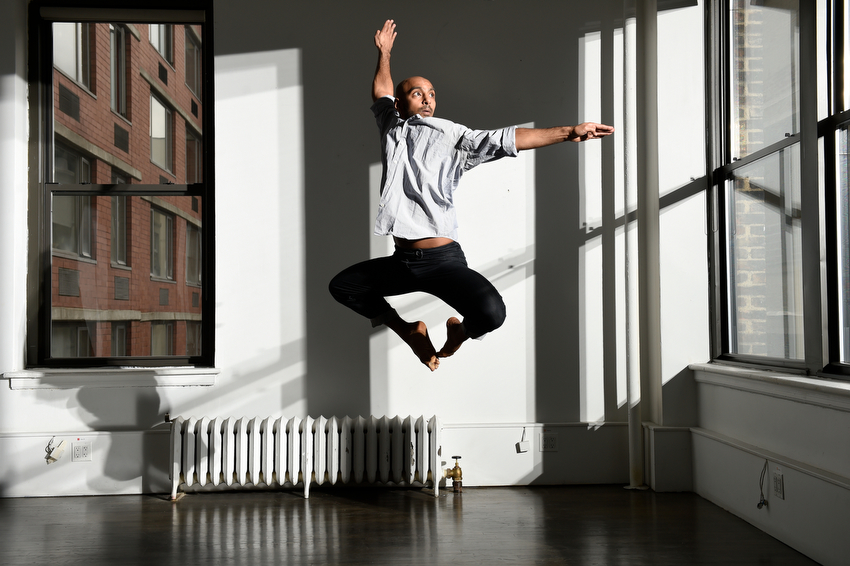
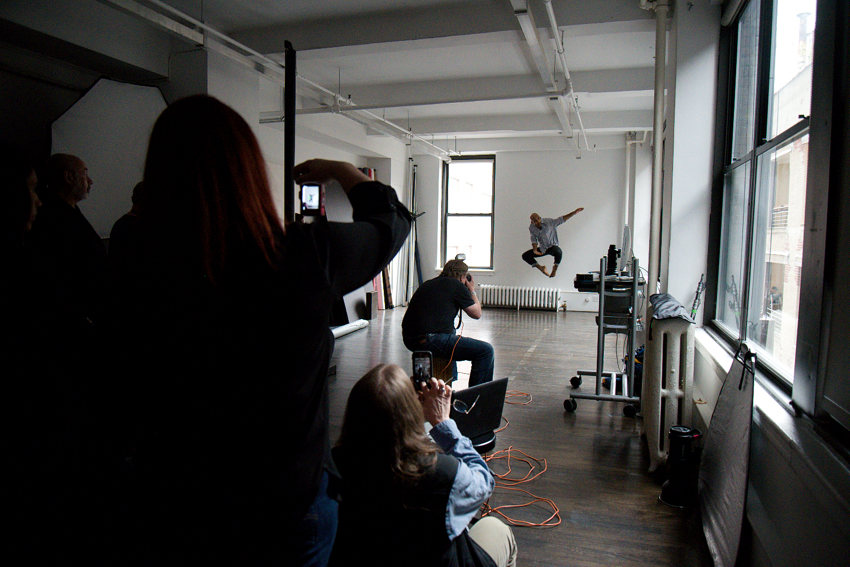
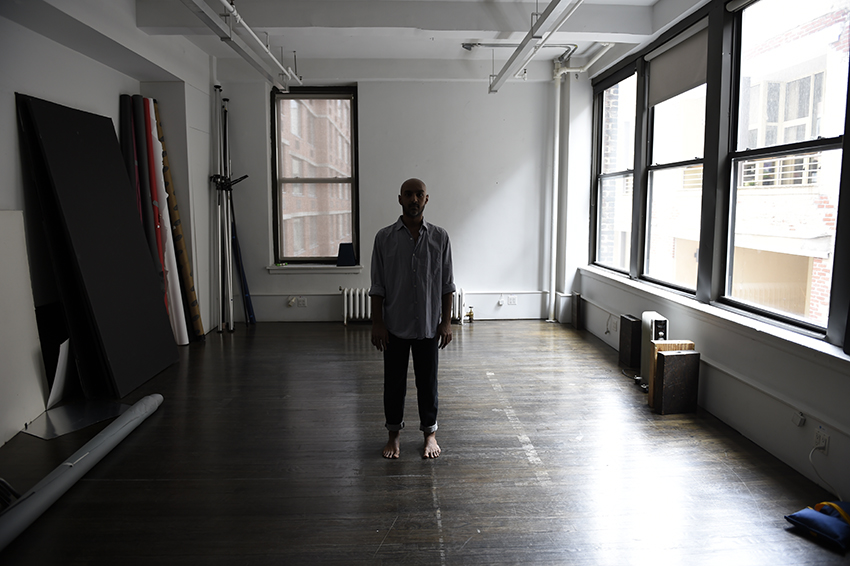
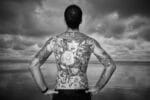
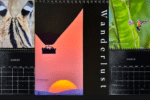
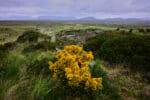
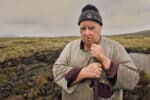
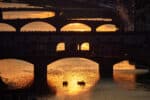
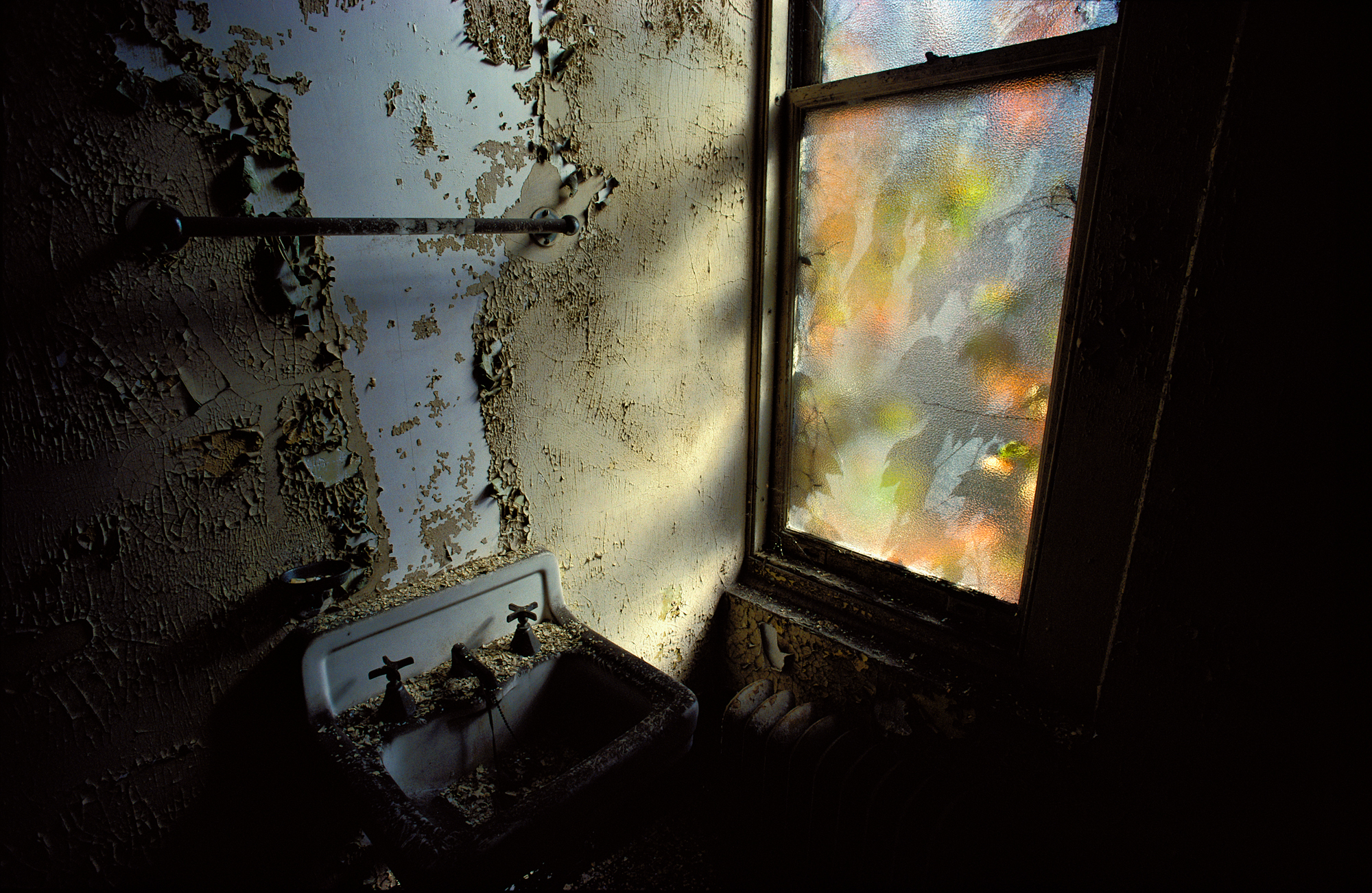
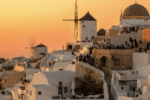
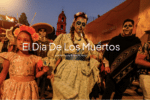
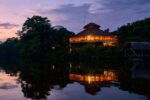
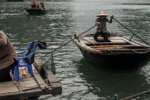
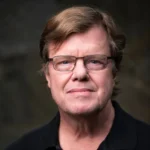


Joe,
What does “More tk…” mean that you put at the end of each post?
Thanks for everything.
Buz
Joe,
I would have paid good money to listen to your lecture on Photoshop. I remember the Dobbs Ferry location where you used the dirty window as a diffuser, and pumped big lights through it.
I would have liked to hear about the person in the bathroom next door who suddenly got the tan they did not expect. Only in New York.
[insert applause here]
I love your work and the images you create and always jump at the chance to read about your work. You have such a great imagination for scenes and how to light them. I am just starting to get into flash work. I hope to some day become as proficient with lighting as you are. Until that day i will just keep snapping away.
All I can say is.. “Thank You, Joe”.. Not just for mentioning me in your blog post today, which is a privilege by itself, but for all what you have taught me throughout the years and yet still there is A LOT MORE to learn from you.
Hi Joe,
Quick question – were you using ttl, or manual, if manual – full power? Still trying to get my head around this flash thing 🙂
thanks!
Greetings from Brasil.
When it comes to multiple lights, all I could say is that I learned from the best in the world. Big Thank You, Joe. What a privilege!
The afternoon lecture and slide show was awesome! A great inspiring talk.
It’s an old journalism convention meaning “to come” as in info still needing to be gathered for the story, or there will be more posts in the future..
Hello Joe!
I see this time you did not use CTO to make the light as warm as on sunset. Did you try that?
Kirill
As always Joe, I remain inspired and in awe by how you transform any room/location and existing lighting condition into something that is beautiful and native to it’s surrounds. Whenever I feel a remote twinge of ‘boohoo poor me the light, location, model etc is terrible’ I slap myself around (figuratively speaking 😉 ) and think back to all the incredible pieces you look for and create where others would walk away and call it a day.
Cheers,
Analia
Hi Joe, always been a fan of your work. Quick question – I noticed you have started using the profoto B1’s recently, and now with the B2’s coming to market do you ever see a day when you ditch the hotshoe flashes altogether?
No, no gels on this demo. We were moving fast. In real time, on assignment, I would have warmed the light a bit, for sure….
No, never, really. The TTL and the proprietary coordination between the camera and the flashes will always be at its best when it is all in the same house. But for bigger flashes, with more power, on those days you need them, man the B1 and B2 units are excellent.
A new media format for professional photographers. Take this short survey and support another photographer.
http://www.surveygizmo.com/s3/2093987/Survey-for-professional-photographers
Defiantly ! it is very most important information for the professional photographer just we need read out the full information or details about the latest technologies. this is form of photography is amazing.
Great insight to the way you approach a shoot, thanks Joe.